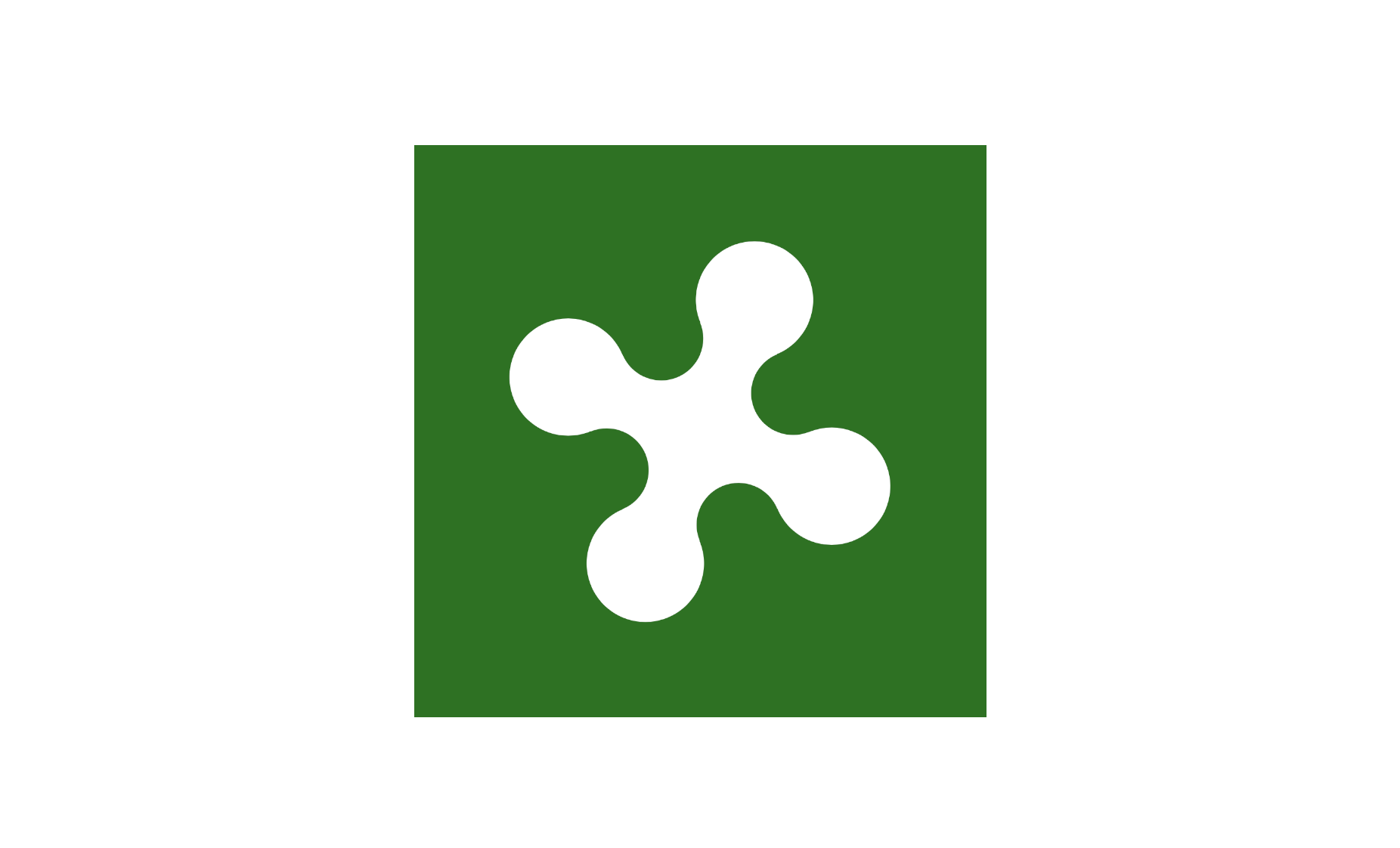The capital of Lombardy, Milan, is a European capital of fashion, art, design and finance. Smaller destinations such as Bergamo and Brescia offer stunning historical and architectural sights which can not be overlooked.
Taste of Lombardia

Set between the mountain range of the Alps and the flow of the Po river, the northern land of the lakes, the region of Lombardy, is one of Italy’s and Europe’s richest and most productive regions with a wealth of historical and artistic treasures, as well as astounding Alpine and lake landscapes of glacial origin, most famously Lake Garda, Lake Como and Lake Maggiore, all of which make up for Lombardy’s lack of coastline.
The combination of lakeside living, mountain ranges and rolling hills means this region has some incredible landscapes. Parks and nature reserves cover over 20% of the region of Lombardy. In the heart of the Alps and bordering Switzerland, north of Lake Como, the province offers a great variety of mountain landscapes, with many protected areas. Part of the largest Alpine park, Parco Nazionale dello Stelvio (established in 1935), falls within Lombardy.
The region is also famous for its historical figures such as Virgil, Pliny the Elder, Ambrose, Caravaggio, Claudio Monteverdi, Antonio Stradivari, Cesare Beccaria, Alessandro Volta, Alessandro Manzoni, and popes John XXIII and Paul VI.

The Province of Brescia is the largest in Lombardy with a very diversified landscape going from the lakes to flat land to the high Alpine summit where there is the largest glacier in the Alps. Brescia has 3 lakes, Iseo, d’Idro and Garda, and the beautiful Alpine valleys Val Camonica, Val Trompia and Val Sabbia.
In the early 2020, during the coronavirus pandemic, the Province of Bergamo was among the first areas in Europe to experience an epidemic outbreak and one of the most seriously hit.
Established on May 12, 2004, the new Province of Monza-Brianza is rich in history and art with Brianza, the center of the Languebard reign in medieval times, being known as a land of castles and towers, beautiful countryside mansions with richly frescoed walls.
The Province of Varese lies below the Alps, so mountains and hills are the main features. The area is rich in rivers (including the Ticino and Olona) and glacial lakes (Lake Maggiore, Lake Lugano, Lake of Varese and four other smaller ones). The southern part of the province lies in the Pianura Padana.
Did You Know?

Lombardy was the capital of the Roman Empire as from the III Century A.D. Lombardy has the highest number of Unesco’s world heritage sites in Italy. They include; The Rhaetian Railway that connects Tirano in Valtellina, to Sankt Moritz in Switzerland; Bergamo’s Venetian Walls; Sabbioneta in Mantova; the Rock Drawings in Valcamonica in the Camonica Valley, the historic settlement of Crespi d’Adda, the Sacred Mountain of Beata Vergine del Soccorso and the Sacred Mountain of Varese.
In Lombardy, there are almost 500 museums and more than one million cultural heritages including the popular Last Supper by Leonardo da Vinci, the the tallest historic bell tower in Italy (Medieval Torrazzo in Cremona), and world most popular opera theatre (La Scala Theatre of Milan).
Cuisine

As a cheesemaking and butter-making region, Lombardy is the birthplace of some of the most prolific cheese excellences, such as Grana Padano DOP, Gorgonzola, Bitto Storico, Salva Cremasco, Taleggio, Formai de Mut DOP and Stracchino delle Valli Orobiche. Panettone bread, the most iconic symbol of Italian Christmas, is also originated in Lombardy.
Given its rich and diverse landscape, Lombardy has an outstanding variety of unique products – meats, charcuterie, cheese, cereals, and even olive oil – as well as a strong traditional cuisine. Meat, cheese, butter and rice are the most common elements of Lombardy’s cuisine. The food is more like its German and Swiss neighbours to the north, with big, bold, hearty ingredients that go well with its frigid temperature. As a northern Italian region, Lombardy relies more on risotto and polenta that are enriched with the region’s famous cheeses and butter. Being a traditionally wealthy region, prime cuts of meat, aged cheese, expensive spices and other rich ingredients take precedence over vegetable dishes in Lombardy. Meat can be that of veal, beef or pork that is often turned into rich, hearty stews with the prime cuts reserved for more luxurious dishes.
Recipes, passed down from generation to generation, relive through modern reinterpretations yet respectful of traditions. Typical cold cuts include Bresaola della Valtellina, Salame di Milano (crespone), Salame d’Oca di Mortara IGP and Coppa Mantovana.
As for the first course, famous dishes are pizzoccheri della Valtellina made by a type of pasta made with buckwheat flour, casoncelli tfrom Bergamo and Brescia, Mantova’ traditional pumpkin tortelli and the popular risotto alla milanese which is a striking yellow risotto flavoured and coloured with saffron and Parmesan cheese.

As for second courses, signature dishes are cassœula that is a pork meat cooked with Savoy cabbage, cotoletta alla Milanese that is a flattened bone-in veal cutlet dredged in egg and breadcrumbs before being flash-fried in butter, bollito con la mostarda from Cremona area that is mixed boiled meat with mostarda condiment. Ossobuco alla Milanese is an internationally known dish made by veal shanks slowly braised in a sauce of white wine, vegetables, chicken stock and mushrooms until falling apart. To counteract the rich meat, a zesty gremolata is sprinkled over the top of the dish before serving. Second courses is often accompanied by polenta or polenta taragna.
Popular desserts include Sbrisolona cake with almonds from Mantova, , amaretti di Saronno biscuits, Torrone di Cremona, Bisciola della Valtellina, and Veneziana.
Pumpkins from Mantova are nationally renowned, as are Breme onions from Pavia. Lombardy popular fruits include Valtellina Apples IGP and Mantova Pears IGP. Lemons grown around Lake Garda are also very popular.
In terms of wine production, given the Mediterranean climate of its lowlands, you can find whites, reds and rosés along with the more famous varieties, however, Lombardy is most known for its red wines made from Nebbioli grapes and the sparkling wine Franciacorta. Wines of Valtellina such as Inferno, Sforzato, Valtellina Superiore, Lugana of Lake Garda, wines of Oltrepò Pavese such as Oltrepò Pavese Metodo Classico, Barbera, and Bonarda, and Moscato di Scanzo and Lambrusco Mantovano are some of the region’s noteworthy wines.
Lombardy offers a wealth of food and wine products: 250 traditional products, with 34 awarded a DOP or IGP which includes thirteen DOP-protected cheeses. DOP and IGP products made in Lombardy include:
Grana Padano DOP
Varzi Salami DOP
Formai de Mut DOP
Valtellina Apples IGP





